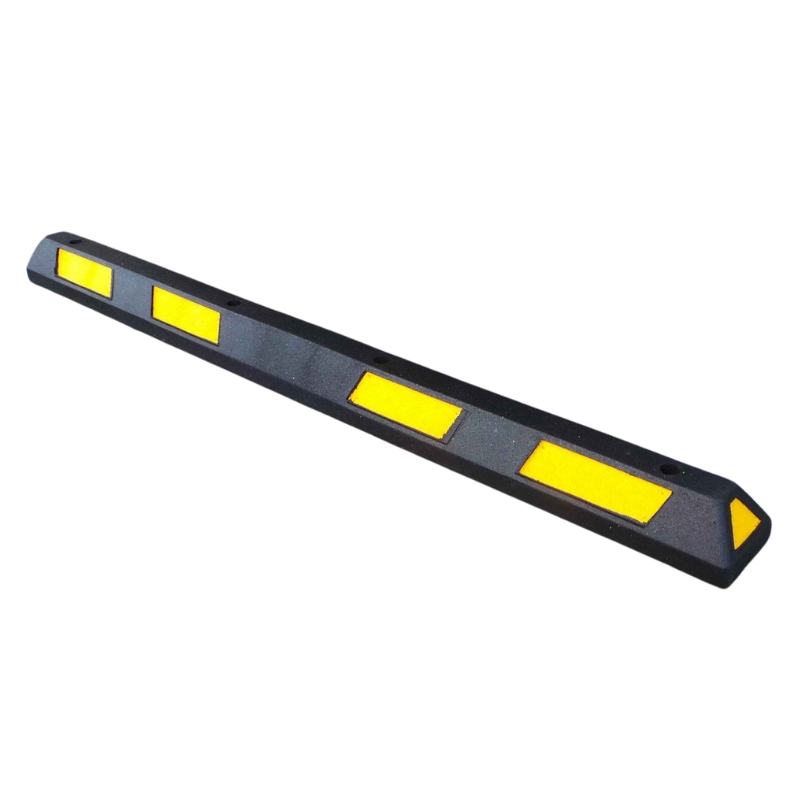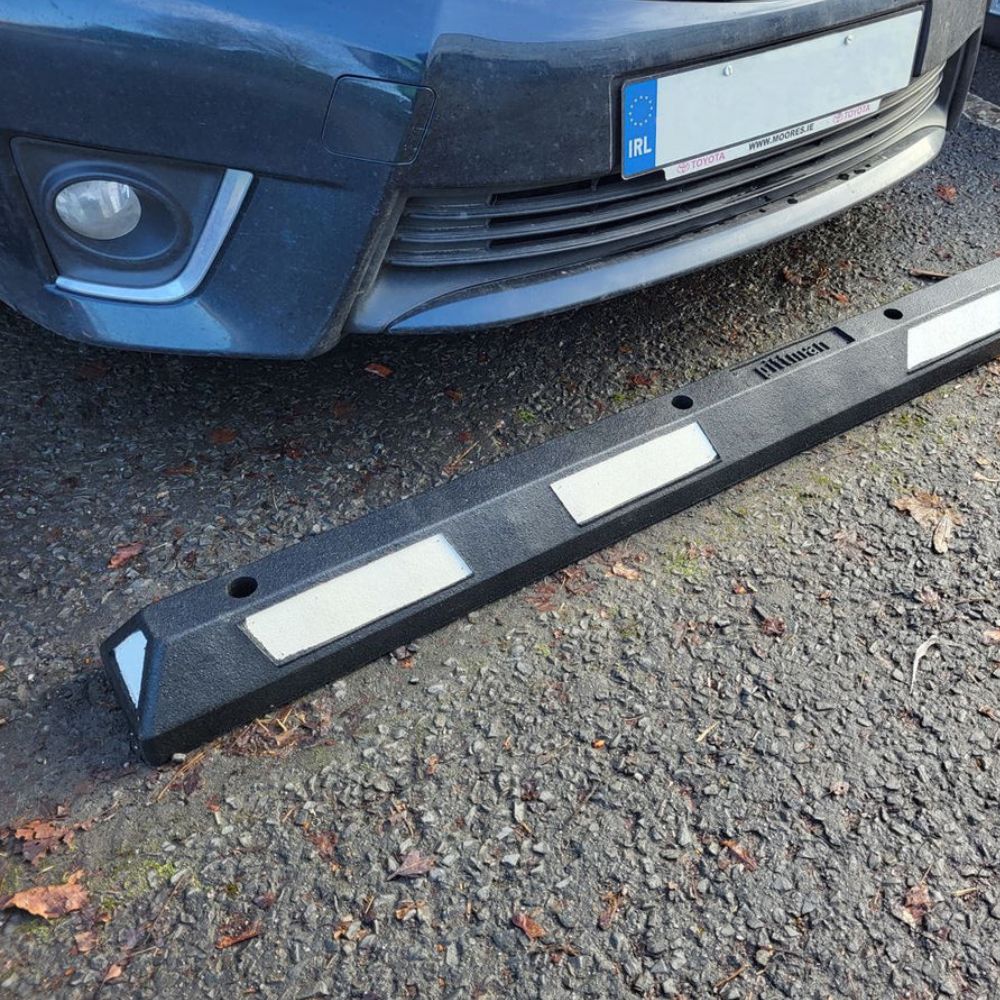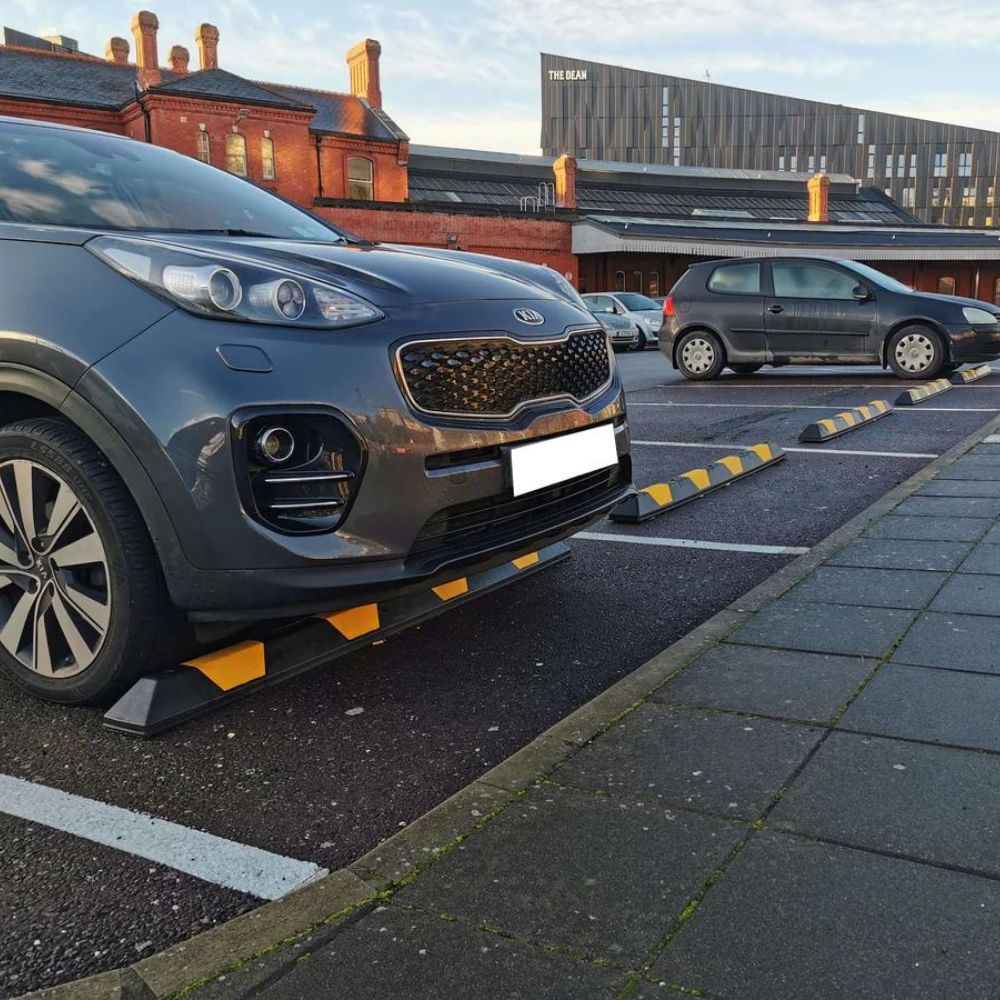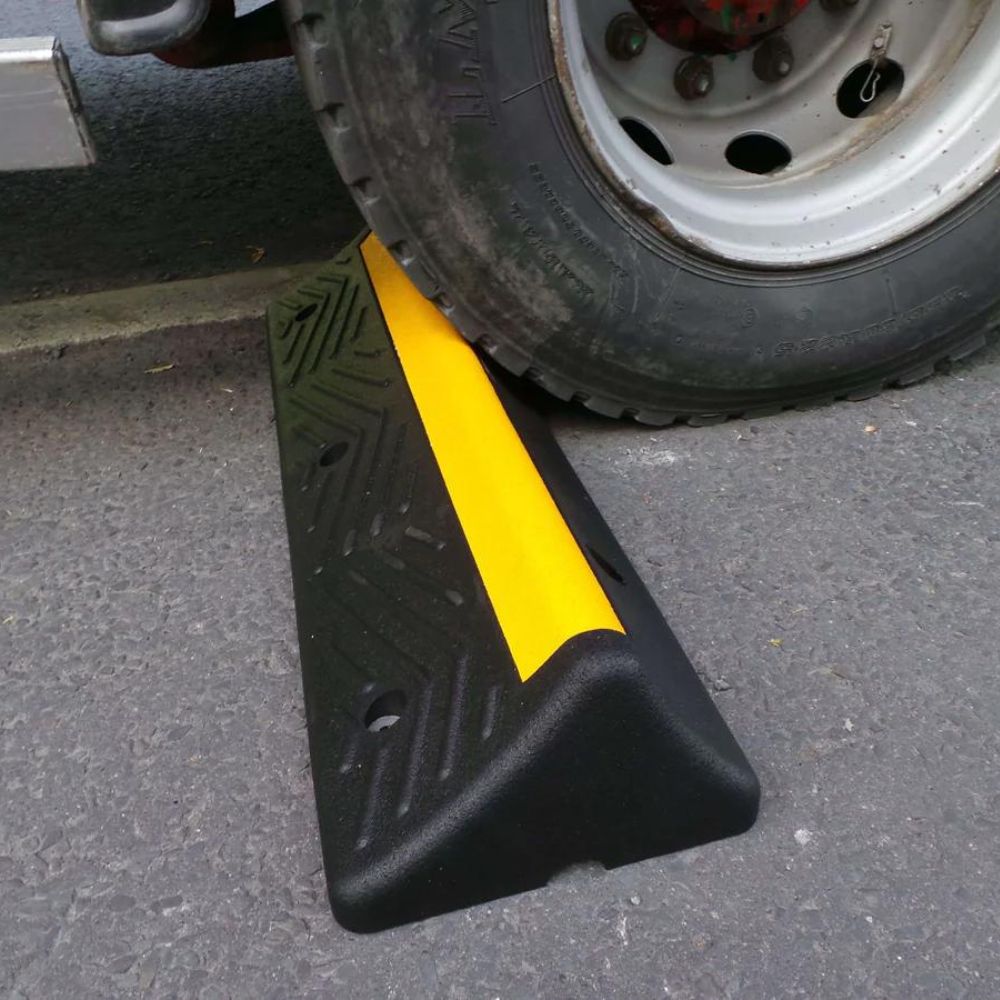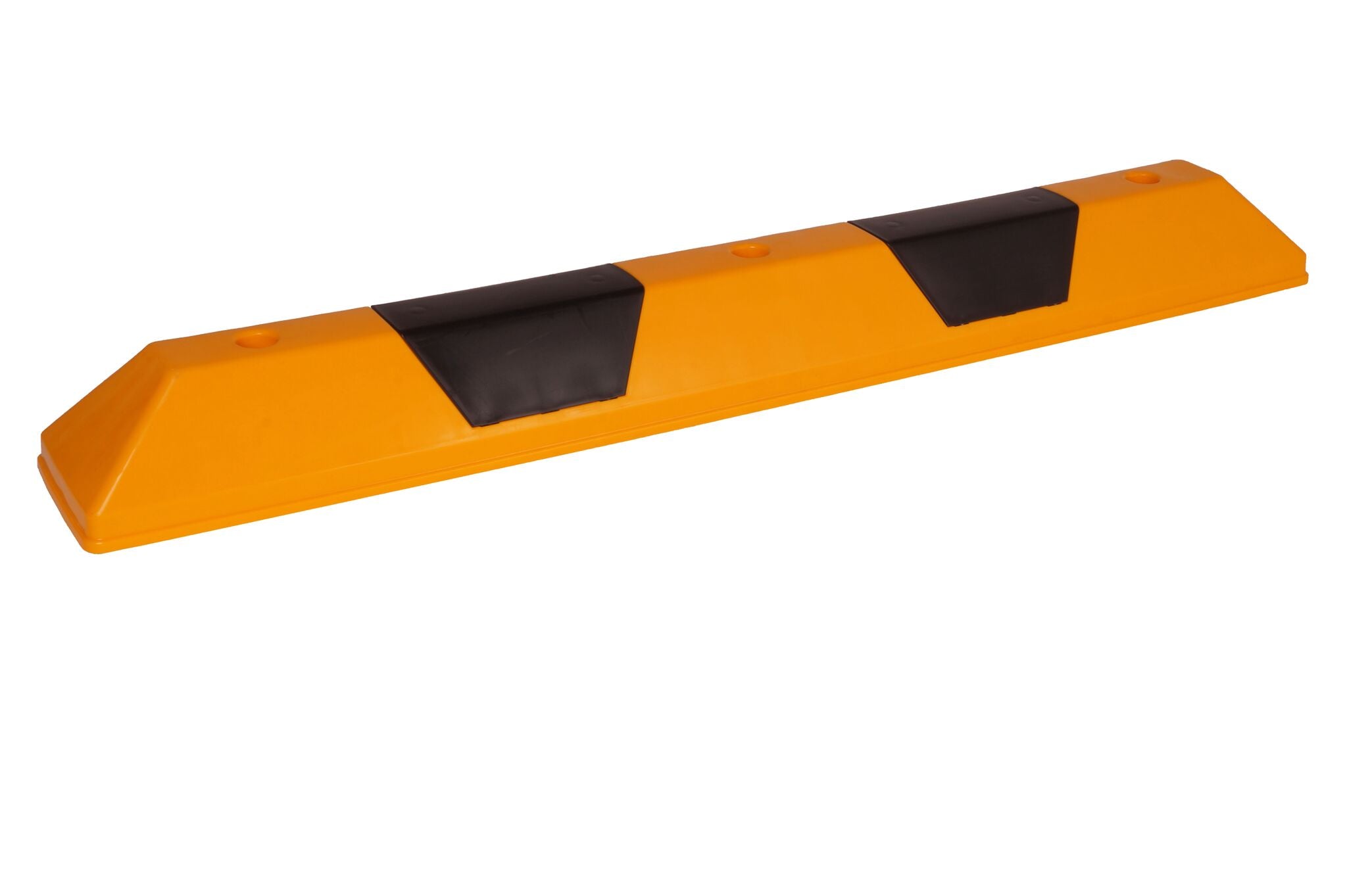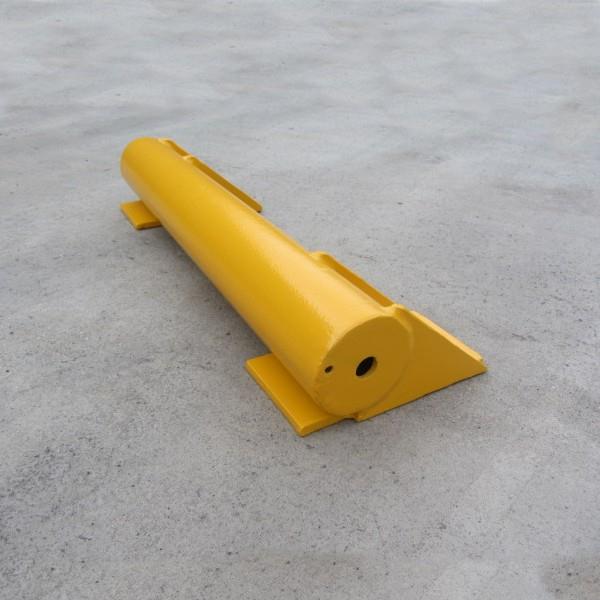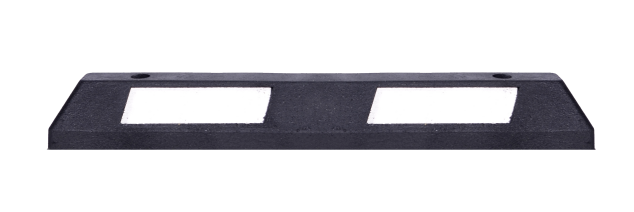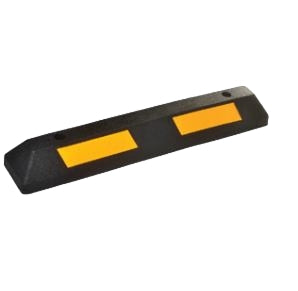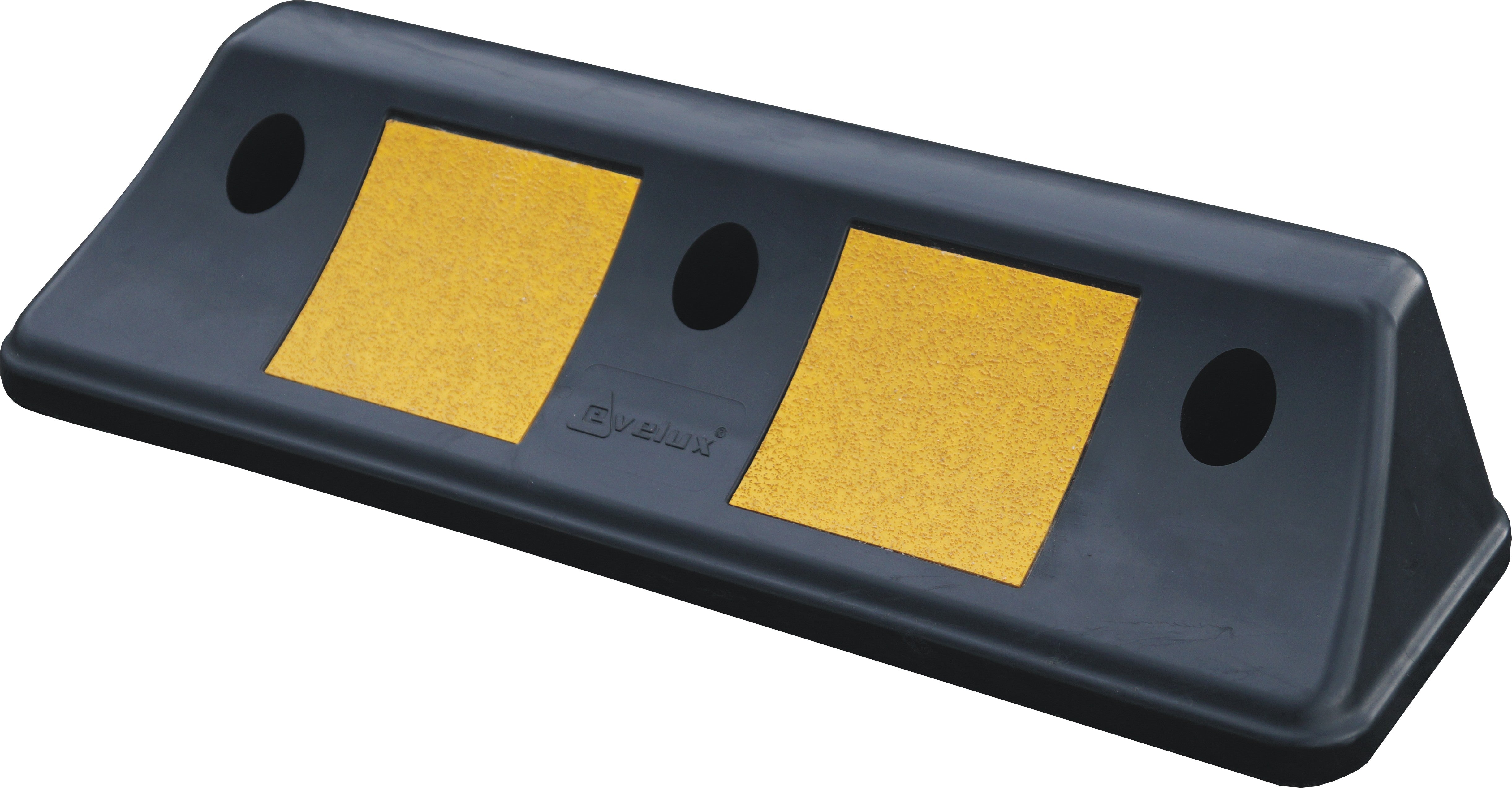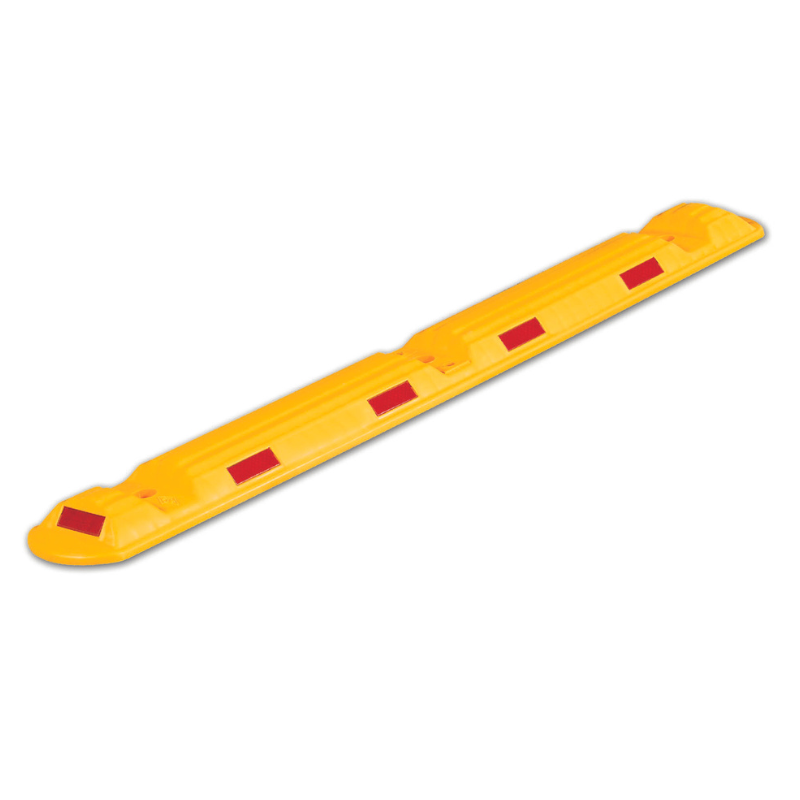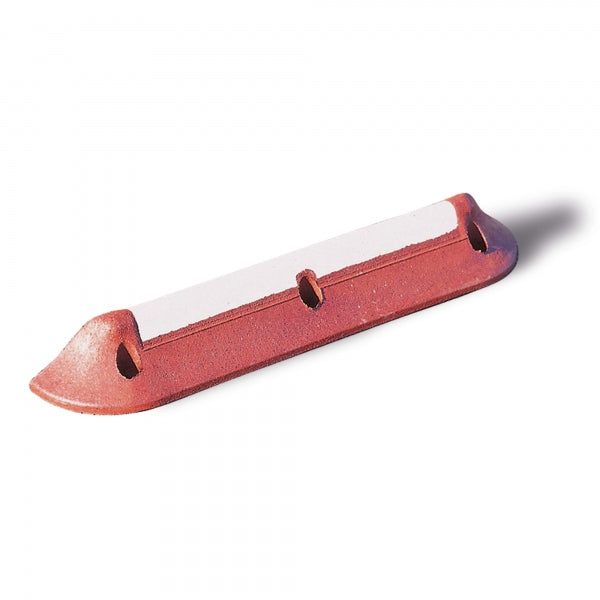Wheel Stops
A wide range of rubber and steel Wheel Stops for cars, vans and trucks. Durable and cost-effective asset protection for car parks, warehouses, and loading bays.
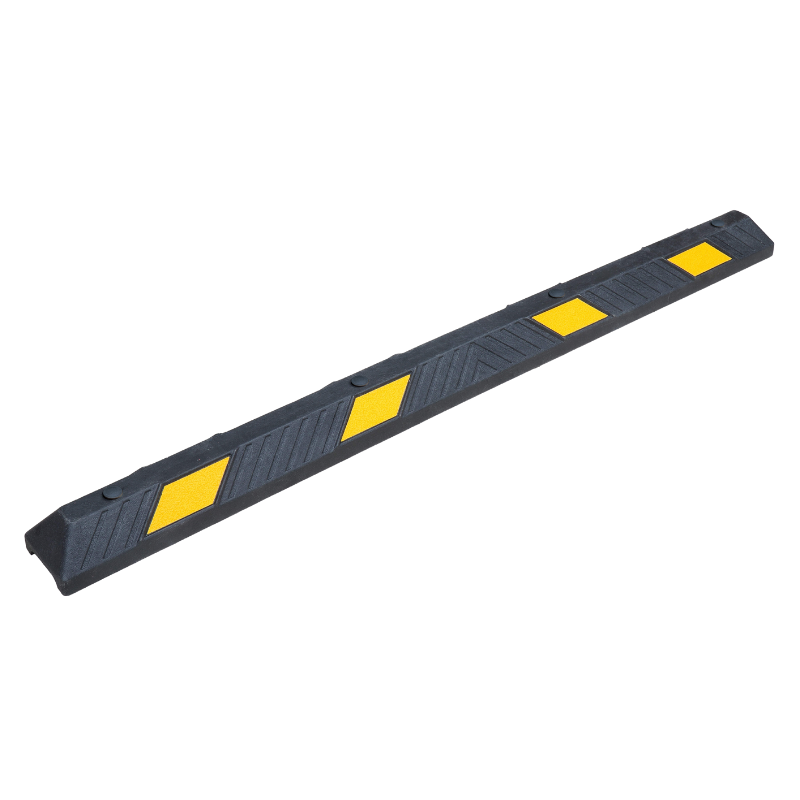
Eco-Park Wheel Stop
Sale priceFrom €49.50
Regular price€3,960.00ex VAT
Tough, Eco-Friendly & Built To Last
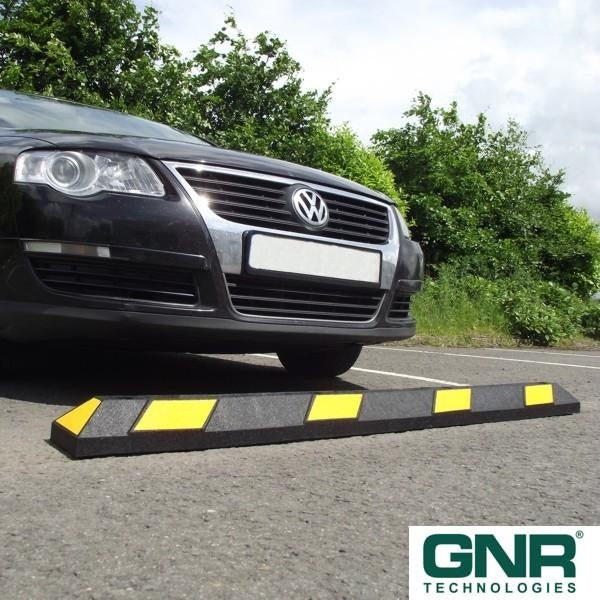
Park It 1800mm Rubber Wheel Stop (Yellow)
Sale price€69.50ex VAT
Reduce Vehicle Impacts in Car Parks
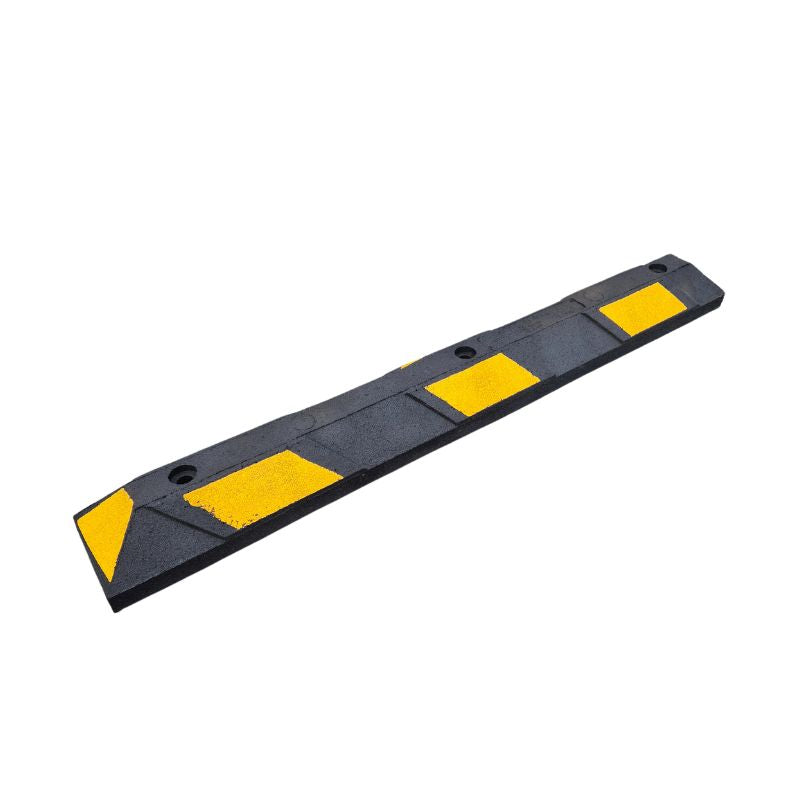
Park It 1200mm Rubber Wheel Stop (Yellow)
Sale price€69.50ex VAT
100% Recyled Rubber with Zero Maintenance
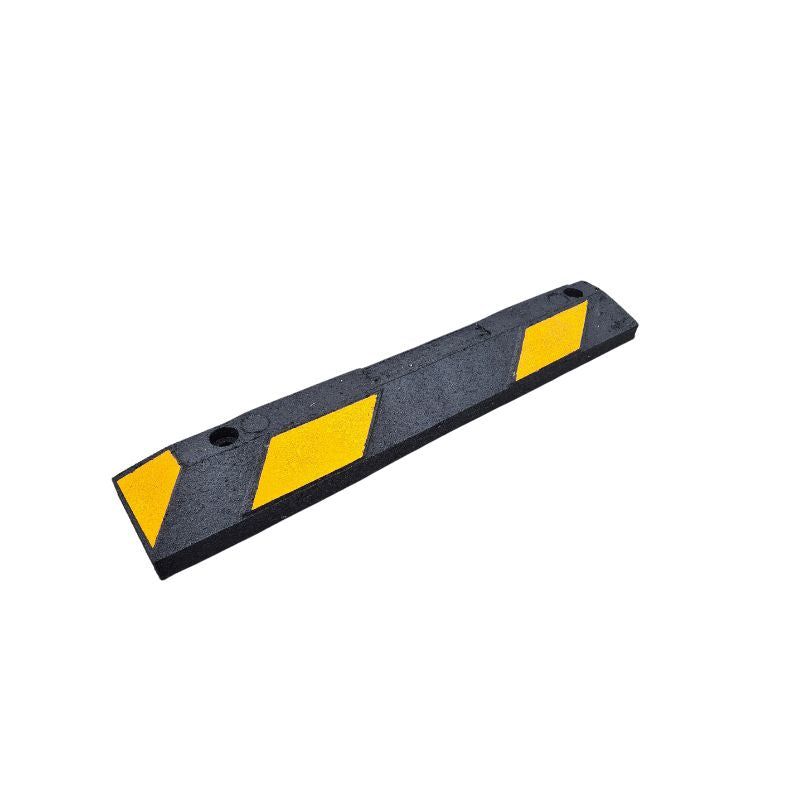
Park It 900mm Rubber Wheel Stop (Yellow)
Sale price€54.00ex VAT
100% Recycled Rubber with Zero Maintenance
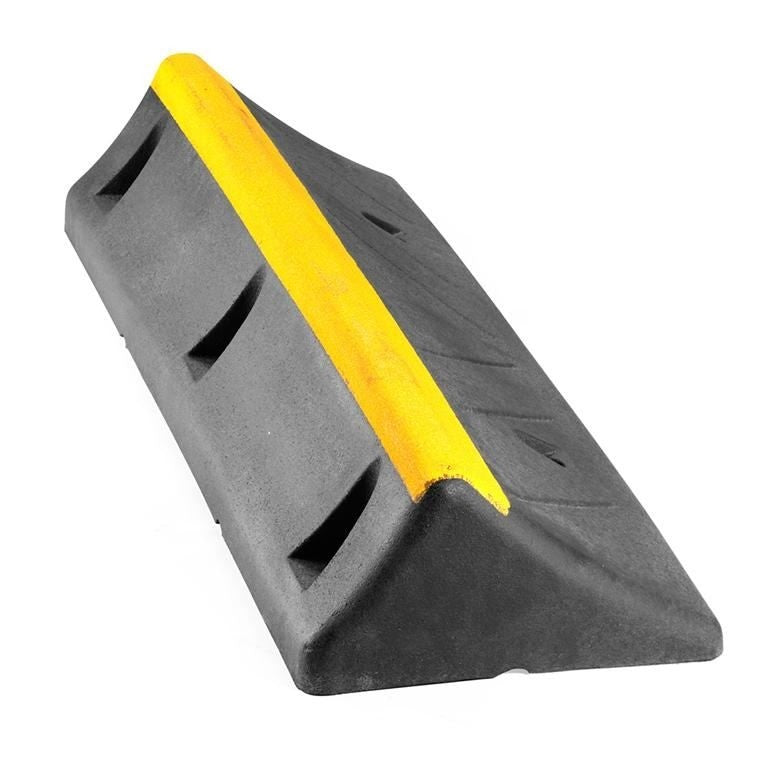
Coach Wheel Stop
Sale price€145.74ex VAT
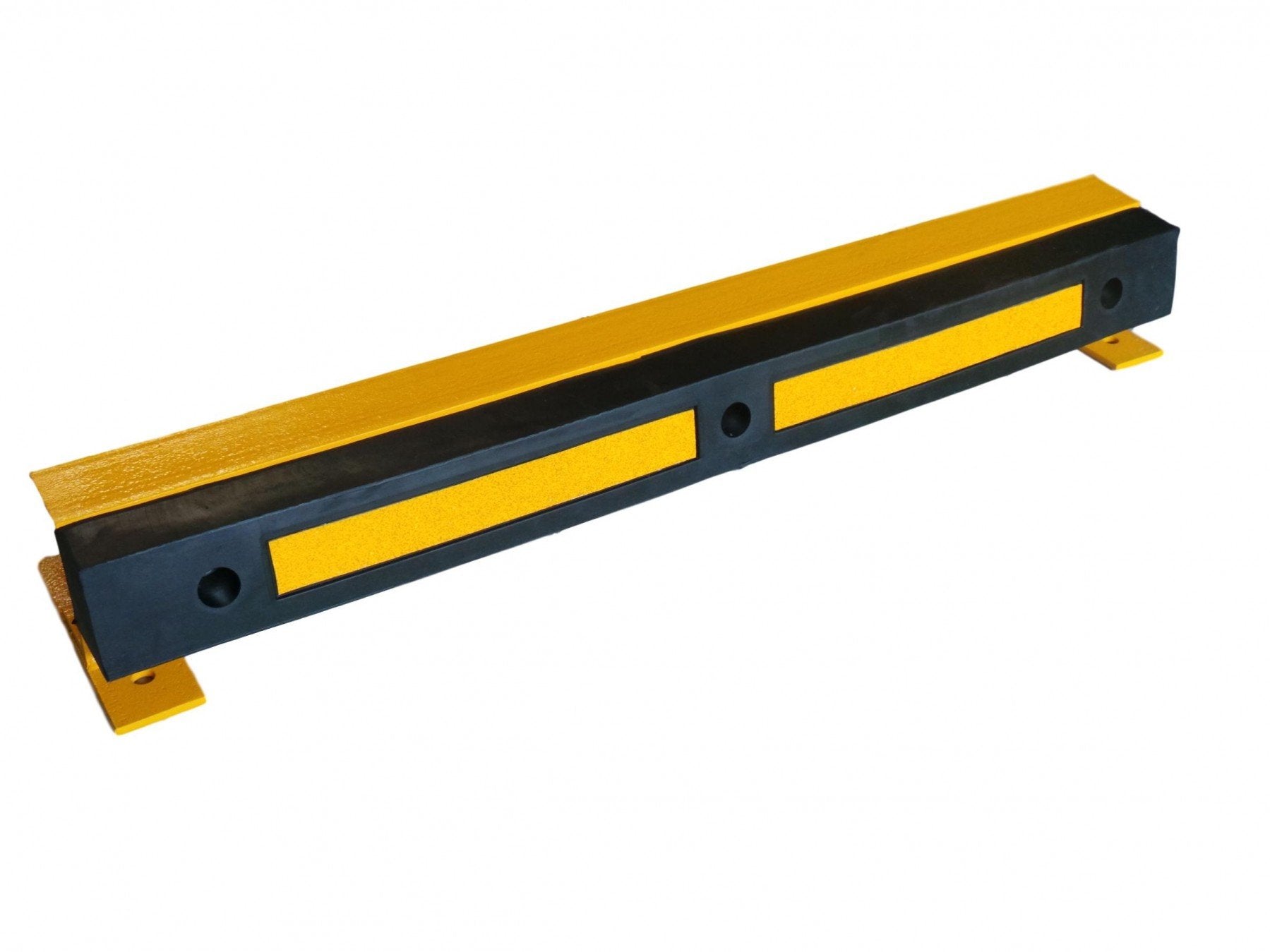
HGV Dock Wheel Stop
Sale price€334.63ex VAT
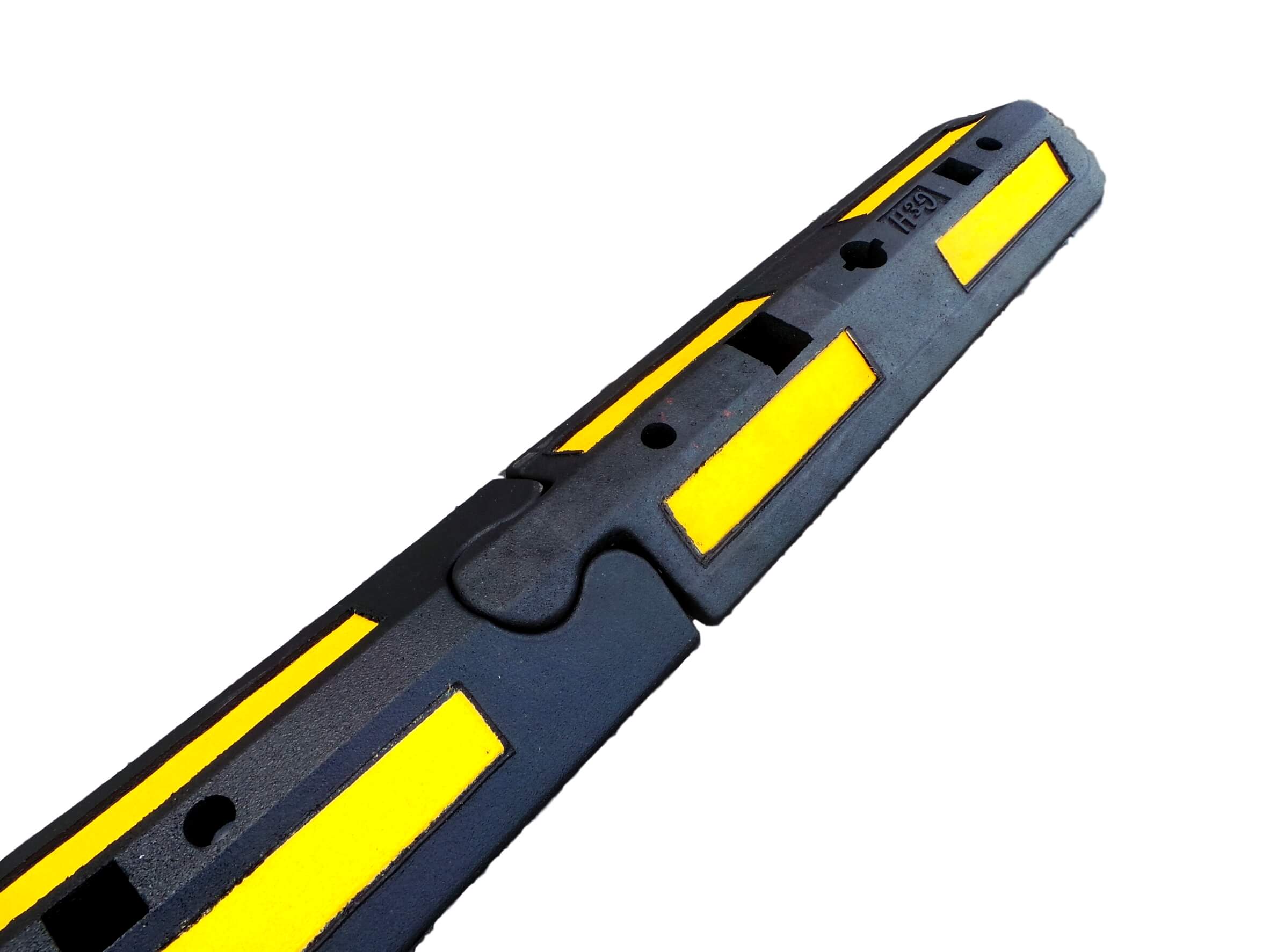
XPT - Rubber Traffic Lane Separators
Sale price€100.00ex VAT
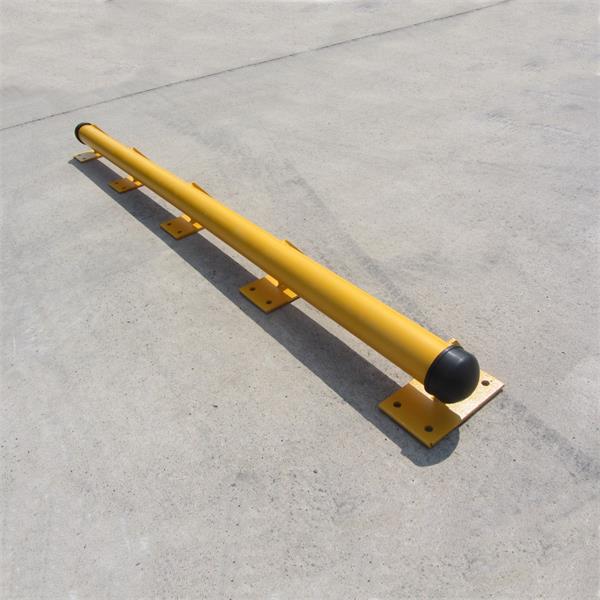
Economy Steel Wheel Stops - 2500mm x 170mm
Sale price€952.00ex VAT
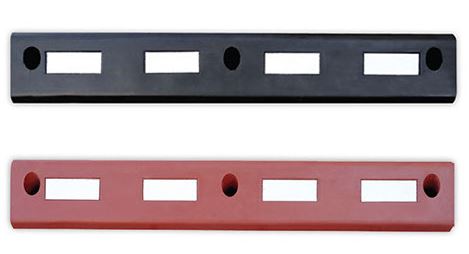
XPT Rubber Curb
Sale priceFrom €89.50ex VAT
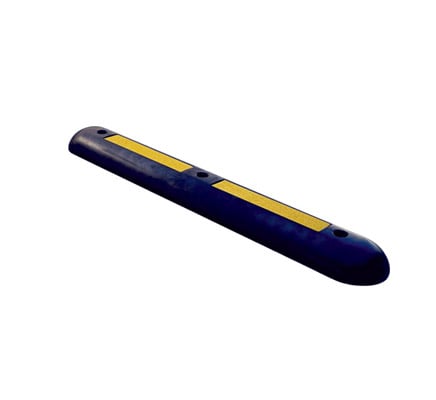
Parker 1000 Lane Seperator
Sale price€34.95ex VAT
UV Stabilised PVC - Excellent Alternative to Concrete
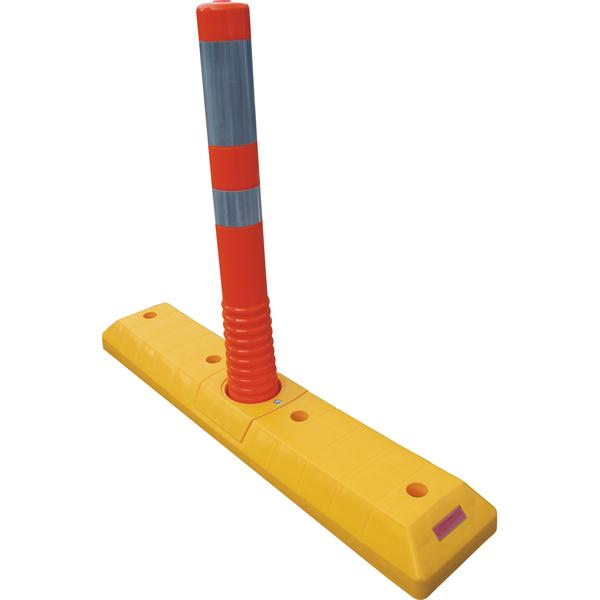
Traffic Lane Wheel Stop with Flexi Post
Sale price€75.32ex VAT
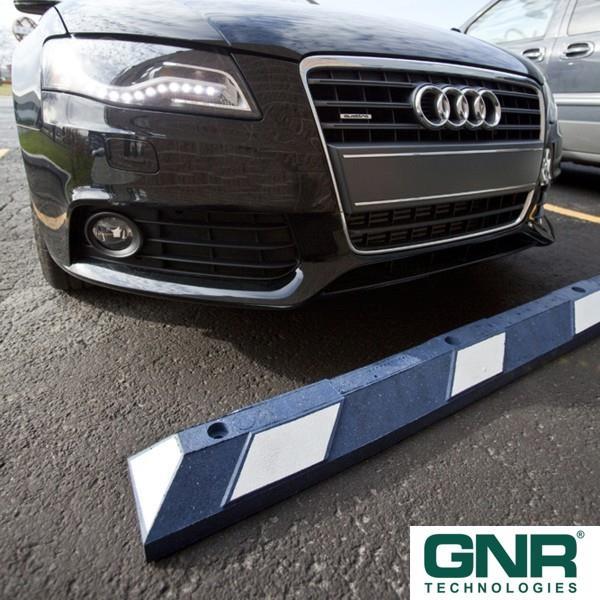
Park It 1800mm Rubber Parking Curb (Blue)
Sale price€99.50ex VAT
Reduces Vehicle Collisions At EV Chargers
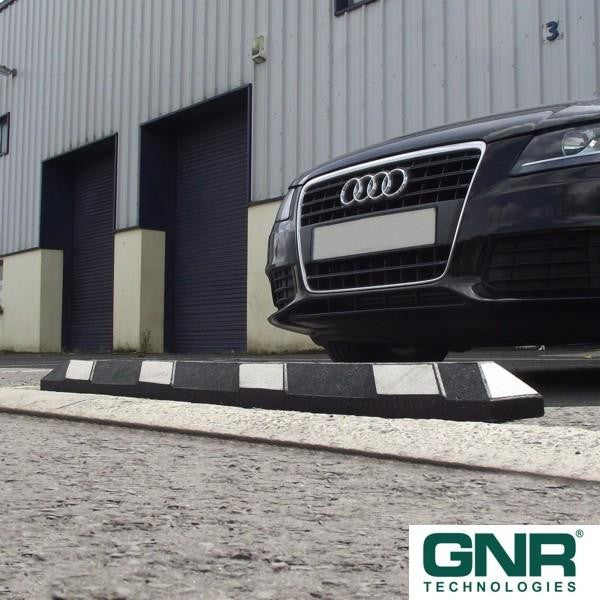
Park It 1800mm Rubber Wheel Stops (White)
Sale price€69.50ex VAT
Reduce Car Collisions in Parking Bays






